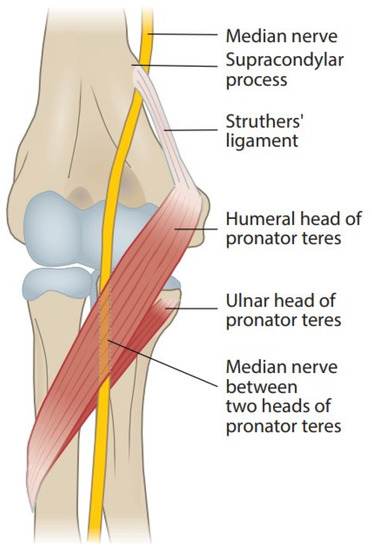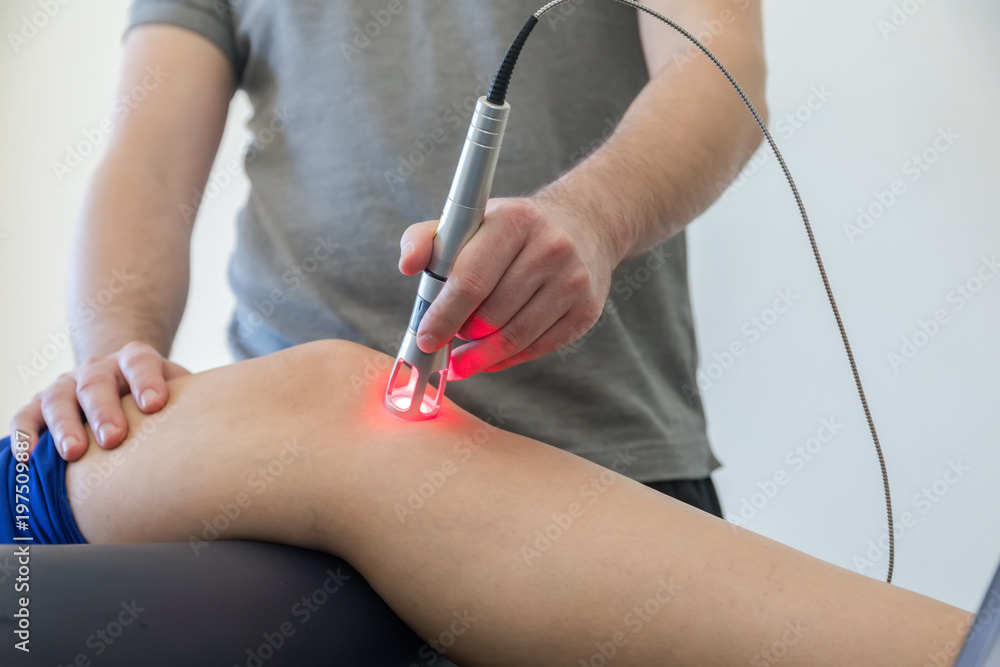The presence of desk-top computers has made several of our workday tasks easier, but has also led to an entire spectrum of injuries commonly known as repetitive strain injuries. Such chronic injuries occurred in the past, but not with the frequency we see today and has led to a push for effective treatment and prevention to get the employee back to work and keep them there.

Repetitive strain injuries are essentially due to some combination of a prolonged (often poor) posture and lack of motion. Sitting at the computer with the monitor too low, for instance, causes the muscles of the upper back and neck to go into a protective spasm in order to maintain that position. Tightening of the muscles leads to increased pressure within them and a resultant reduced circulation through them, along with inflammation. This constant pressure or tension eventually causes adhesion (scar tissue) formation at the site, acting as a protective mechanism of the muscle to aid in maintaining a bad position. The problem is that with further adhesion formation, the muscles becomes tighter and weaker leading to a further increase in pain and decreased circulation that perpetuates the cycle with additional adhesions forming. Adhesion formation can occur within the muscles themselves, between muscles, between muscles and connective tissue and between muscles and nerves. Traction and pressure on the median nerve, in particular, causes much of the pain and tingling in the hands and arms that carpal tunnel syndrome patients complain of.

I’ve seen patients for whom the carpal tunnel decompression surgery has not entirely corrected their symptoms because the problem was with their forearm muscles compressing the median nerve, not in the wrist. A so-called “double crush syndrome” is possible as well with one who has not only the forearm problem, but also adhesions at the scalene muscles in their neck, tractioning the roots of the median and other nerves. The former NHL player, Gary Roberts, had this syndrome, underwent surgery, and actually retired from hockey for two years, but was later able to come back after having it properly assessed and treated. The remedy to the above, besides a proper ergonomic position, is manually releasing the specific muscles and fascia and adjusting the associated vertebral levels involved to free the motion of the entire area. If carpal tunnel syndrome happens to be your issue here is a short video with a few effective stretches. https://www.youtube.com/watch?v=Q5G916yCyF0
Repetitive strain injuries can occur in any part of the body that is being used excessively and/or with improper mechanics. Assessment involves a thorough orthopedic/neurologic and physical exam to determine the nature of it and, hopefully, its cause. Sometimes imaging may be needed to rule-out red flags, but this is not often the case. Treatment can commence immediately and the results, while it is difficult to determine how long it will take to resolve, usually come about after just a few visits.








